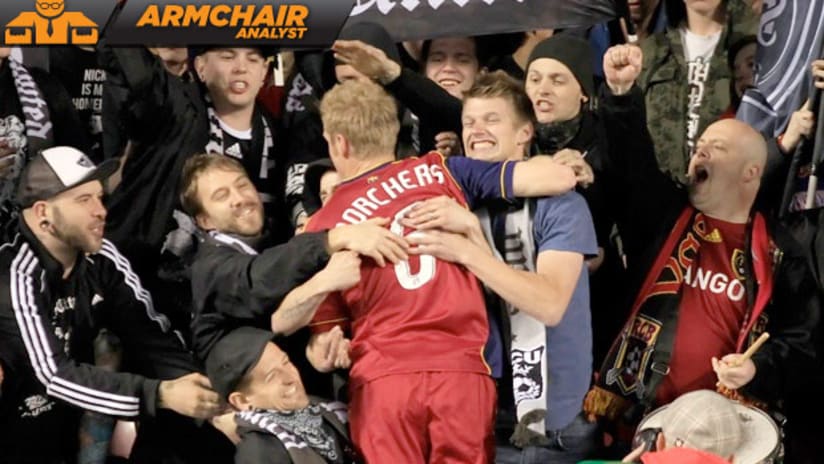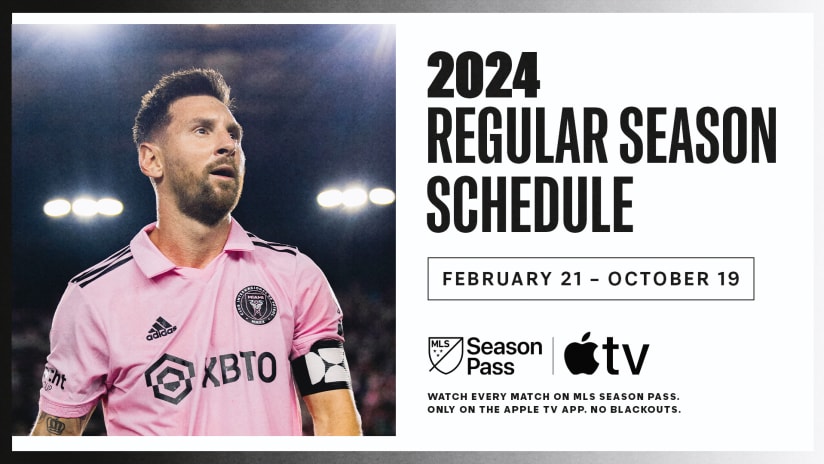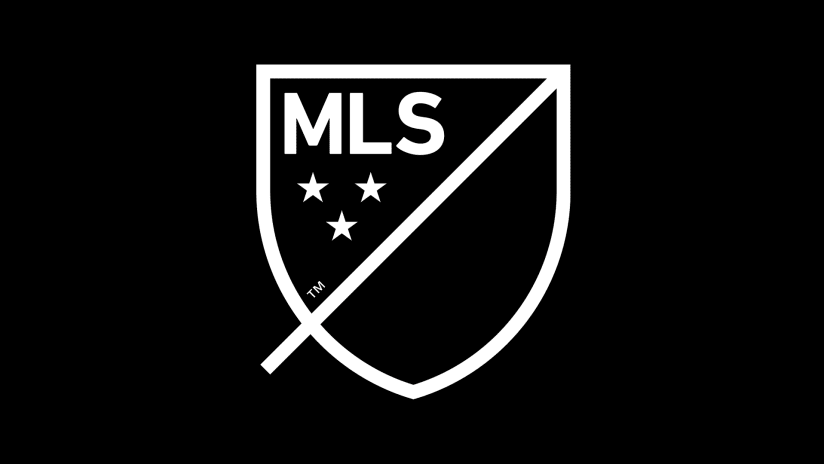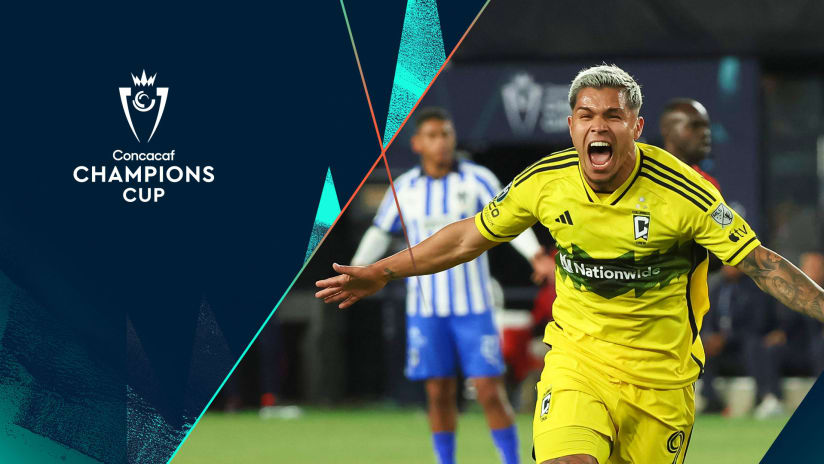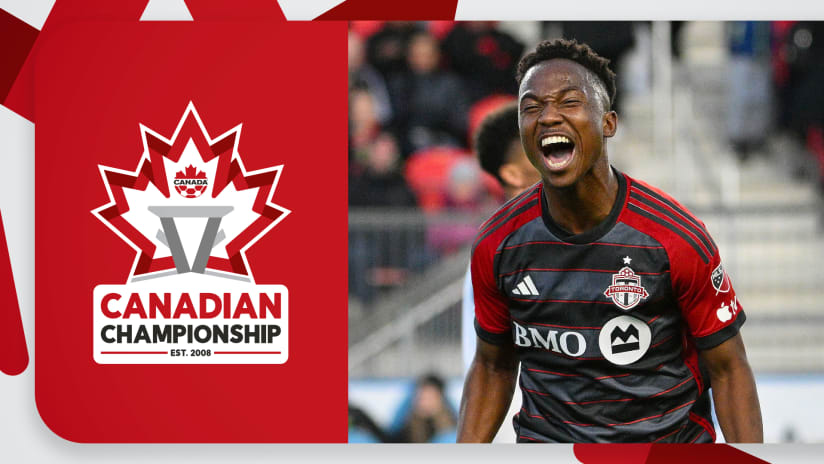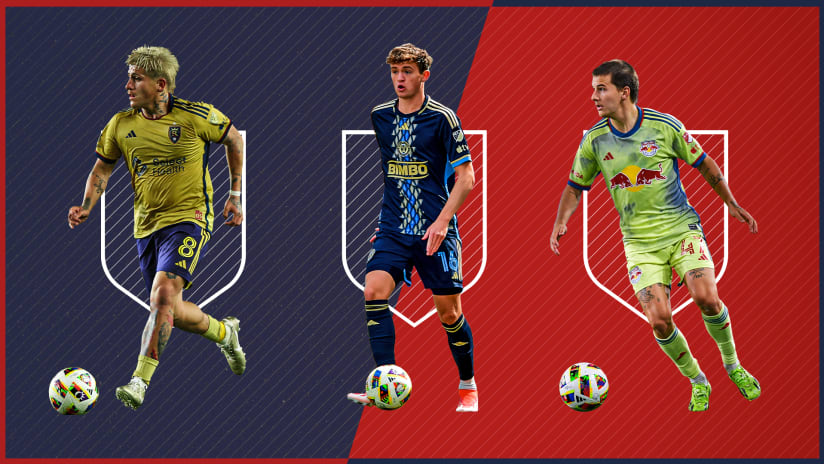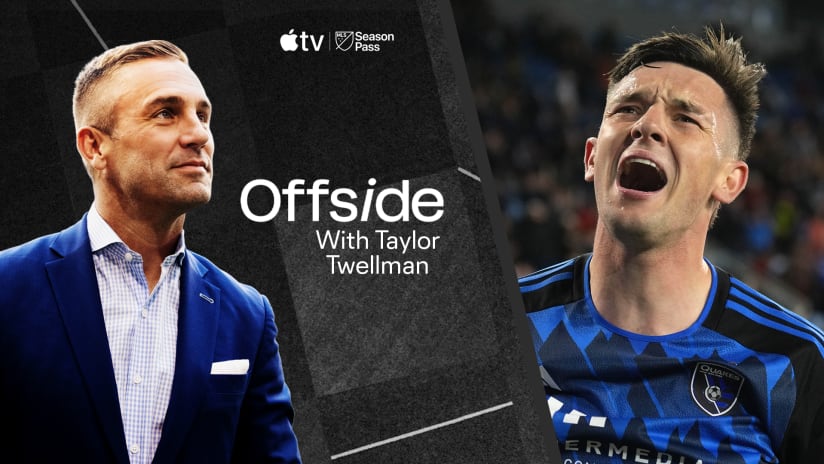“The darkest secret of this country, I am afraid, is that too many of its citizens imagine that they belong to a much higher civilization somewhere else.”
– Rabo Karabekian
Rabo Karabekian wasn’t a soccer analyst lamenting the “Eurosnob” fan phenomenon in American soccer. He’s not a BigSoccer commenter, or a Redditor or even a Twitter handle.
He was a work of fiction, one of the myriad characters who sprang forth from the imagination of Kurt Vonnegut. And he wasn’t talking about soccer, of course. Like nearly all of Vonnegut’s characters, he was talking about man’s inhumanity toward man on one scale or another.
But there is no more concise iteration of the battle MLS as a whole, and its clubs in particular, have had to fight in order to achieve the respect – and, in more and more instances, love – of the North American soccer community. From one coast to the other, the first and most important fight MLS has had to wage is simply convincing the local fan that “Yes, this is your club. Support your local.”
And the fight has gone well. If you’ve been around since 1996, or since the dark days of contraction in late 2001, or from the unveiling of MLS 2.0 in 2007, you’ve seen the growth. The crowds are larger and more knowledgeable, and much, much louder. They are multi-cultural, multi-ethnic and multi-lingual. There are men and women. And playing at home really, really means something now.
“Any time you’re playing here, or Seattle, or Philadelphia, or a bunch of other places, you feel it now,” Danny Califf told MLSsoccer.com after the Union’s First Kick loss in Portland two months ago. “This,” he said, meaning the crowd, and the noise, and the sheer oppressiveness of everything being Timbers green, “makes it much harder to get a result.”
Over in the Wasatch Range, Real Salt Lake have developed the best home-field advantage in the league. Part of that is that they’re simply a very good team. Part of it is playing at altitude.
But there are other parts of it as well.
“It all seems so much more relevant now,” RSL head coach Jason Kreis explained during last year’s MLS Cup Playoffs. “I’m incredibly jealous [of the current players].”
Kreis and his generation of players – the self-described “chaff” who ended up showing that yes, American players aren’t just college oddities, but real footballers who could work themselves into legitimate pros – deserve a good dose of credit for helping to create a league that has climbed from 10 teams, three investors and one stadium a decade ago to 19, 18 and 16 as of next month.
And the US heroes of the 1994 World Cup who took less money and less prestige to come home and have a shot at building a league that was initially given something less than 50-50 odds of survival never get enough love from a nation that probably wouldn’t have a first-division league without them.
But the fans who, from Day 1 of MLS, said, “The Columbus Crew are my team. I may still root for São Paulo, or Real Madrid, or Manchester United, but I bleed Canary-and-Black now,” are the ones who made it so that being an MLS fan is an acceptable thing. It is as legitimate, and civilized and authentic as anything from Liverpool or Lisbon or Montevideo.
Being an MLS fan is not something they ever apologized for, or felt the need to explain away. There may have been more Club América fans in Los Angeles than there were Galaxy fans back in the late 1990s, for example, but the Galaxy fans didn’t care. They had their club now, and having their club – supporting their local – was the only currency that really mattered. And it was the same in Dallas or Denver or Foxborough.
The pendulum is now swinging solidly in that direction all over the continent. MLS games are no longer events designed to entice a larger audience; they are 90 minutes of blood, sweat, toil and tears, with teams supported by supporters – and not just in 101 or Section 8 or the River End, but through the entire stadium.
Being a D.C. United fan means as much to a citizen of the District as being a Roma fan does to a citizen of the Eternal City. Standing and singing at Livestrong Sporting Park or Buck Shaw Stadium is as important and heartfelt as doing the same in La Bombonera or Ibrox.
The higher civilization “somewhere else” that Karabekian was talking about, it turns out, was right here all along. And when players walk on the pitch these days, they can’t help but feel it.
Matthew Doyle writes the Armchair Analyst column for MLSsoccer.com.

